Paleontologists: Pleistocene Hyper-Carnivores Kept Giant Plant
Por um escritor misterioso
Last updated 17 junho 2024

Researchers argue that Pleistocene ecosystems were effectively saved by enormous predators that helped keep the population of large plant-eaters in check.
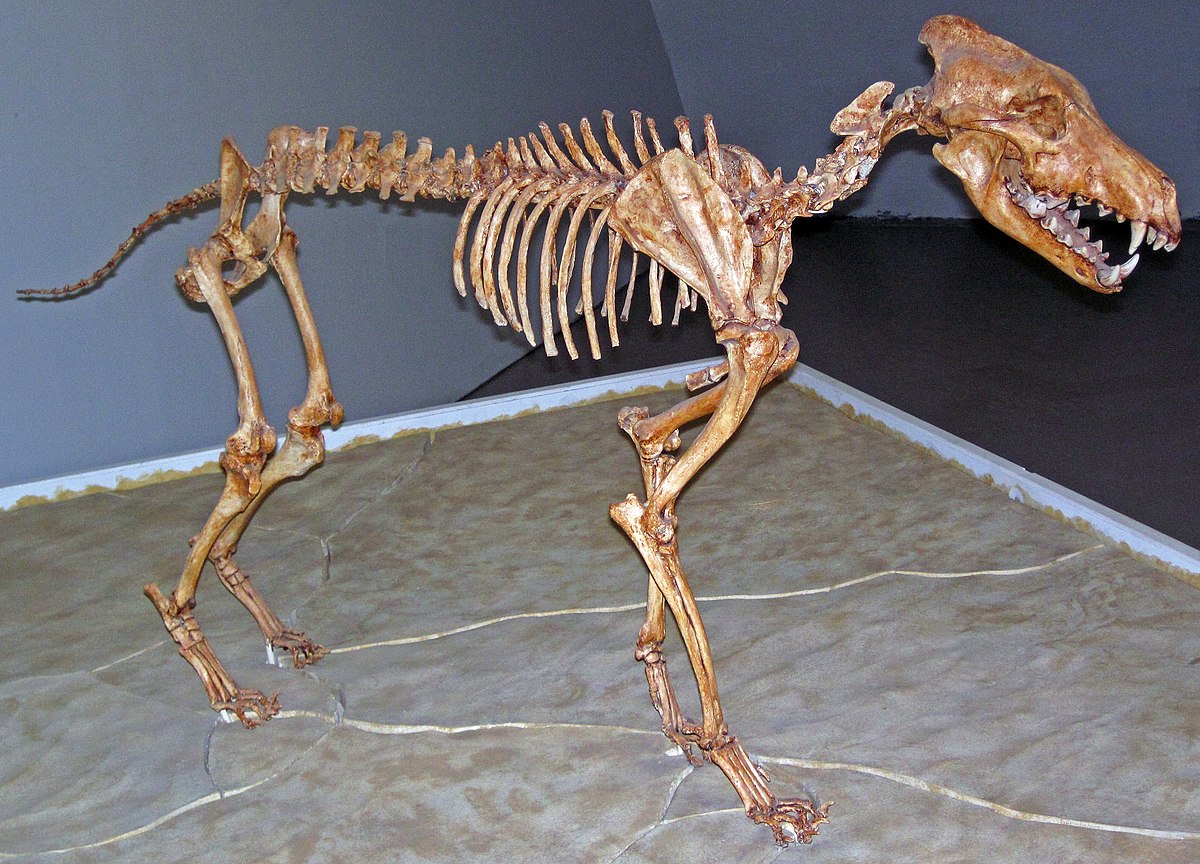
Dire wolf - Wikipedia
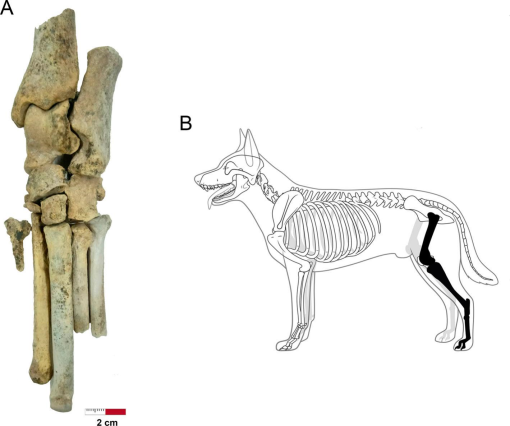
First Record of cf. Aenocyon dirus (Leidy, 1858) (Carnivora, Canidae), from the Upper Pleistocene of the Atacama Desert, Northern Chile
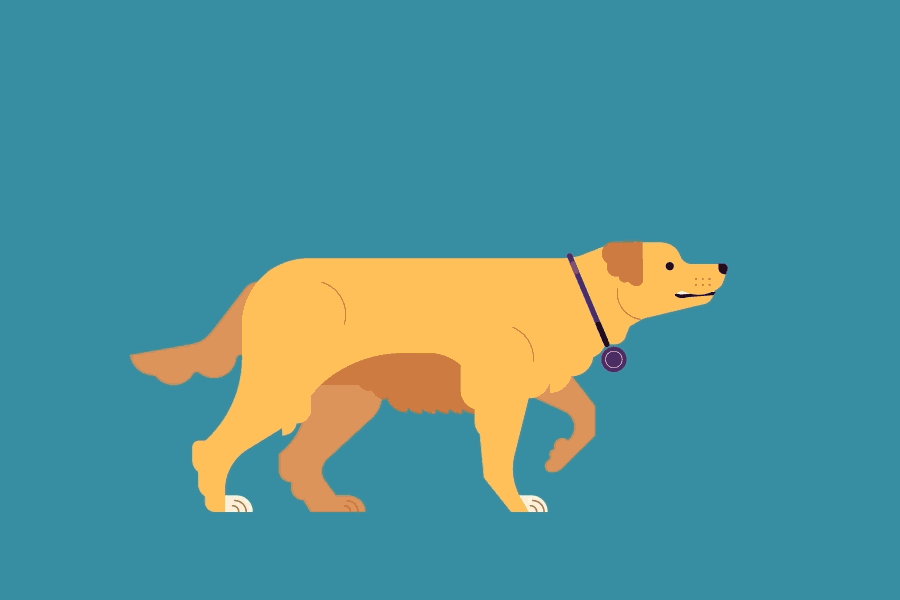
Digging Into Dog Bones Natural History Museum
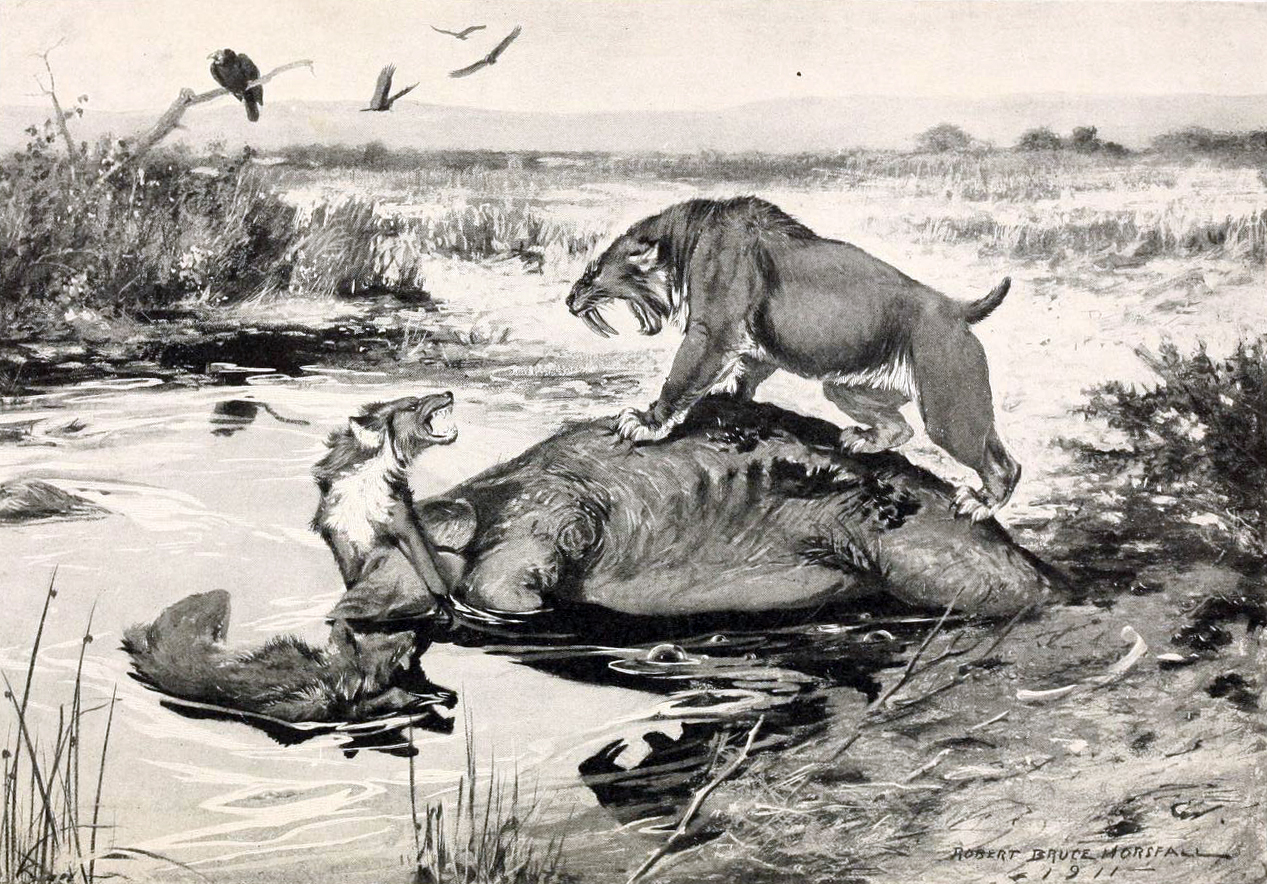
THE SHOW SO FAR » out of the blue and into the black – tar pits, tar sands and the petroleum hyperobject
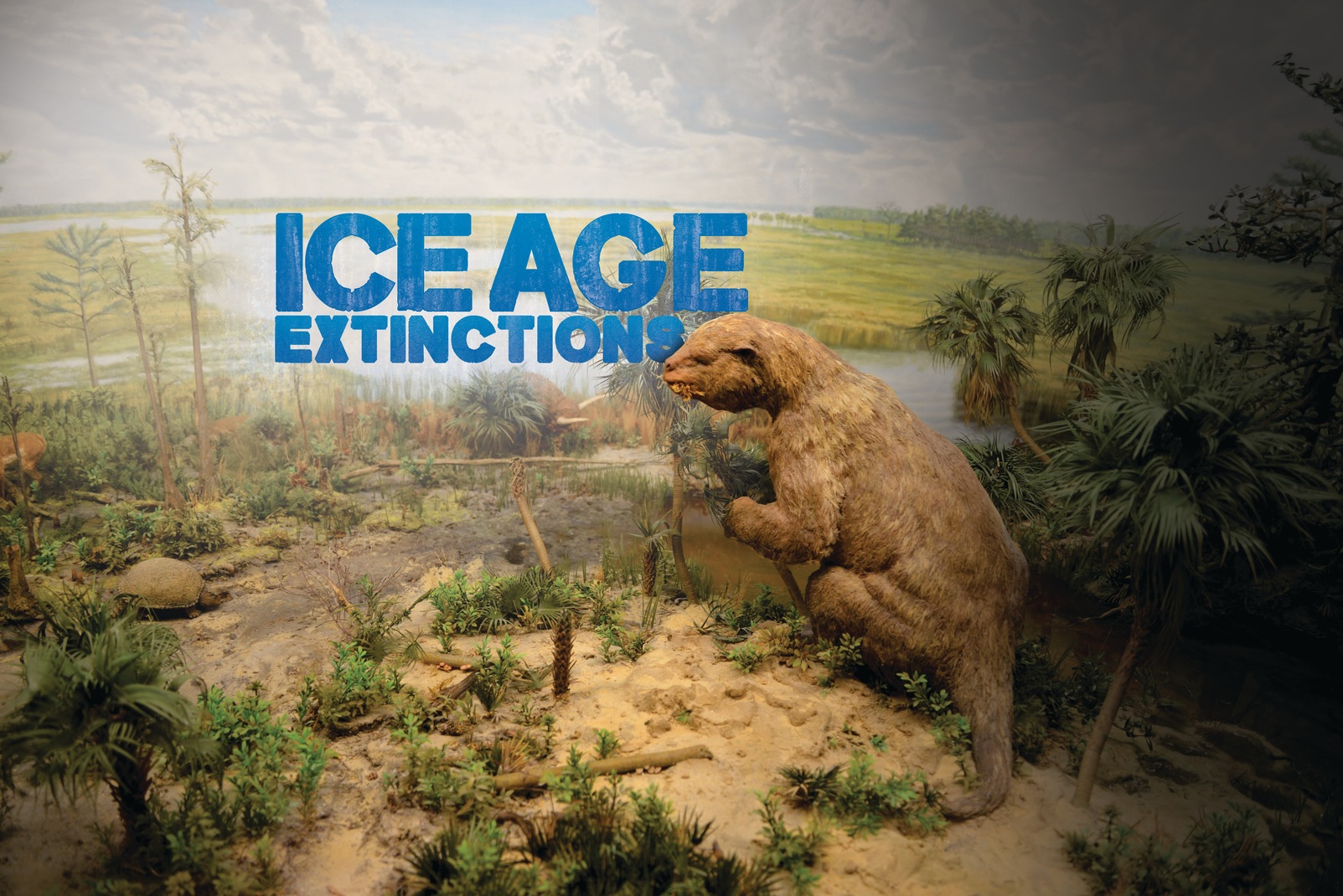
Ice Age Extinctions: What Happened?
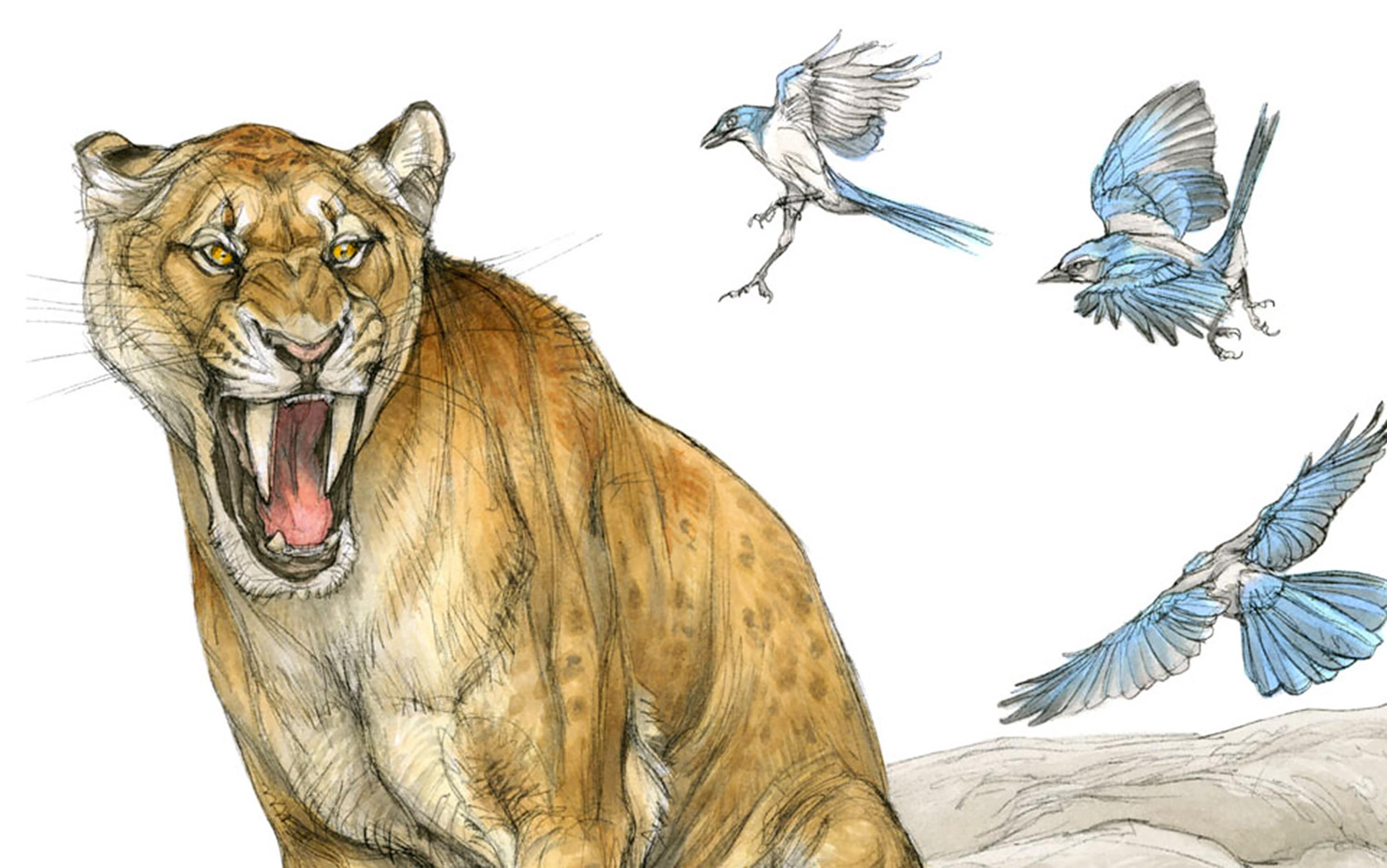
The magnificent sabercat and the future of life on Earth

Paleontologists: Pleistocene Hyper-Carnivores Kept Giant Plant-Eaters in Check

Prehistoric Mammals Part 2 - themoreyouknow post - Imgur

Spectacular fossil of a Mesozoic mammal (Repenomamus robustus) attacking a dinosaur (Psittacosaurus lujiatunesis) significantly larger than itself. : r/Naturewasmetal

Cenozoic Mammals

The impact of climate change on the structure of Pleistocene food webs across the mammoth steppe

Genome assembly of the tayra (Eira barbara, Mustelidae) and comparative genomic analysis reveal adaptive genetic variation in the subfamily Guloninae
Recomendado para você
-
 Spelayon Consultoria17 junho 2024
Spelayon Consultoria17 junho 2024 -
Spelayon Consultoria EPP added - Spelayon Consultoria EPP17 junho 2024
-
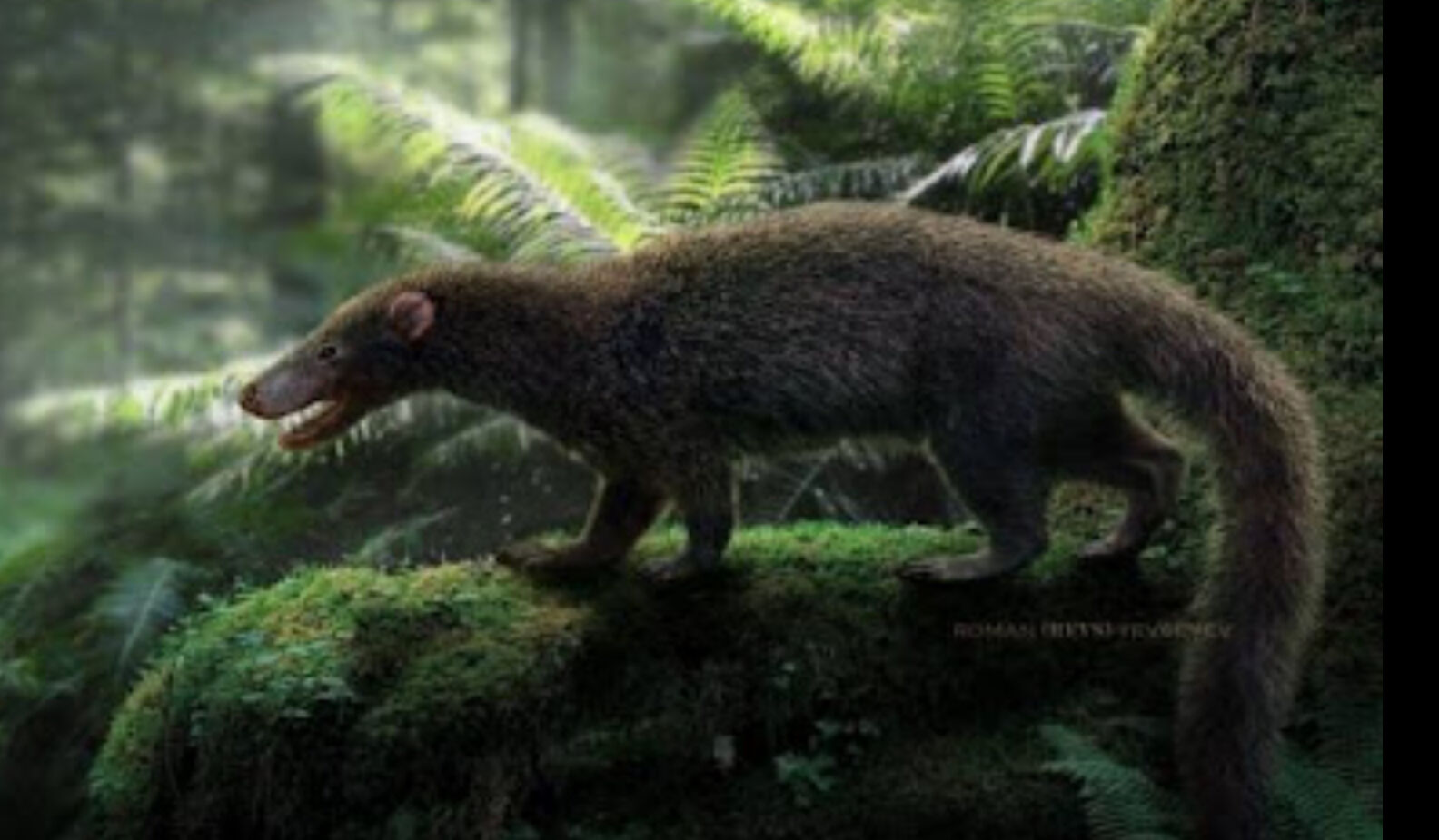 Prolimnocyon, Dinopedia17 junho 2024
Prolimnocyon, Dinopedia17 junho 2024 -
 Two new larval species of Birjandtrombella (Neotrombidiidae) from17 junho 2024
Two new larval species of Birjandtrombella (Neotrombidiidae) from17 junho 2024 -
 Hexaprotodon sivalensis by WillemSvdMerwe on DeviantArt17 junho 2024
Hexaprotodon sivalensis by WillemSvdMerwe on DeviantArt17 junho 2024 -
 208813 - safe, artist:jadeeniebeanies, eeveelution, fictional17 junho 2024
208813 - safe, artist:jadeeniebeanies, eeveelution, fictional17 junho 2024 -
 Stone Age Humans Hunted Cave Lions for Their Pelts, Research17 junho 2024
Stone Age Humans Hunted Cave Lions for Their Pelts, Research17 junho 2024 -
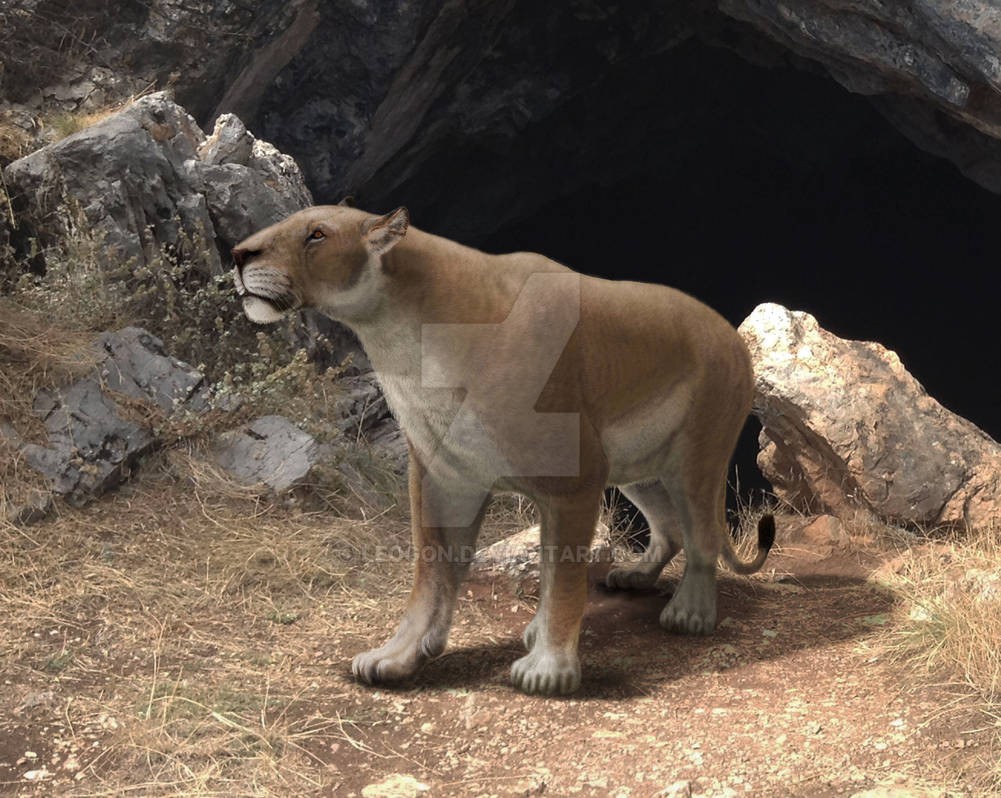 Panthera leo spelaea by Leogon on DeviantArt17 junho 2024
Panthera leo spelaea by Leogon on DeviantArt17 junho 2024 -
 Galeria spelayonconsultoria17 junho 2024
Galeria spelayonconsultoria17 junho 2024 -
 PDF) Neocarus spelaion sp. n. (Parasitiformes, Opilioacaridae), a17 junho 2024
PDF) Neocarus spelaion sp. n. (Parasitiformes, Opilioacaridae), a17 junho 2024
você pode gostar
-
 Óculos Juliet Plasma Prizm17 junho 2024
Óculos Juliet Plasma Prizm17 junho 2024 -
 Wolfenstein: The New Order Game Guide17 junho 2024
Wolfenstein: The New Order Game Guide17 junho 2024 -
Alphabet Lore - all about17 junho 2024
-
 Fan Casting Samuel Minervino as Child in Grubhub Delivery Dance on myCast17 junho 2024
Fan Casting Samuel Minervino as Child in Grubhub Delivery Dance on myCast17 junho 2024 -
 🔥Shadow the succubus 🔞 on X: Hi friends and created an MBTI with Sonic characters and I hope you like it a lot. ❤️🦔✨ #SonicTheHedgehog #MBTI #mbtimemes #SonicPost #SONIC #sega /17 junho 2024
🔥Shadow the succubus 🔞 on X: Hi friends and created an MBTI with Sonic characters and I hope you like it a lot. ❤️🦔✨ #SonicTheHedgehog #MBTI #mbtimemes #SonicPost #SONIC #sega /17 junho 2024 -
 Wcom Ferramentas 06165540000101 Campinas17 junho 2024
Wcom Ferramentas 06165540000101 Campinas17 junho 2024 -
 COMO REMOVER O BAN GLOBAL E BAN HWID DO FIVEM FACIL E RAPIDO MELHOR SPOOFER RED ENGINE !17 junho 2024
COMO REMOVER O BAN GLOBAL E BAN HWID DO FIVEM FACIL E RAPIDO MELHOR SPOOFER RED ENGINE !17 junho 2024 -
Kit 2 Tintas Igora Royal 6.77 + 5.7 + 2 Ox 20vol Schwarzkopf Professional17 junho 2024
-
 dragon ball the breakers Archives17 junho 2024
dragon ball the breakers Archives17 junho 2024 -
 Where is Cloud Gaming headed post Google Stadia - VC Cafe17 junho 2024
Where is Cloud Gaming headed post Google Stadia - VC Cafe17 junho 2024

